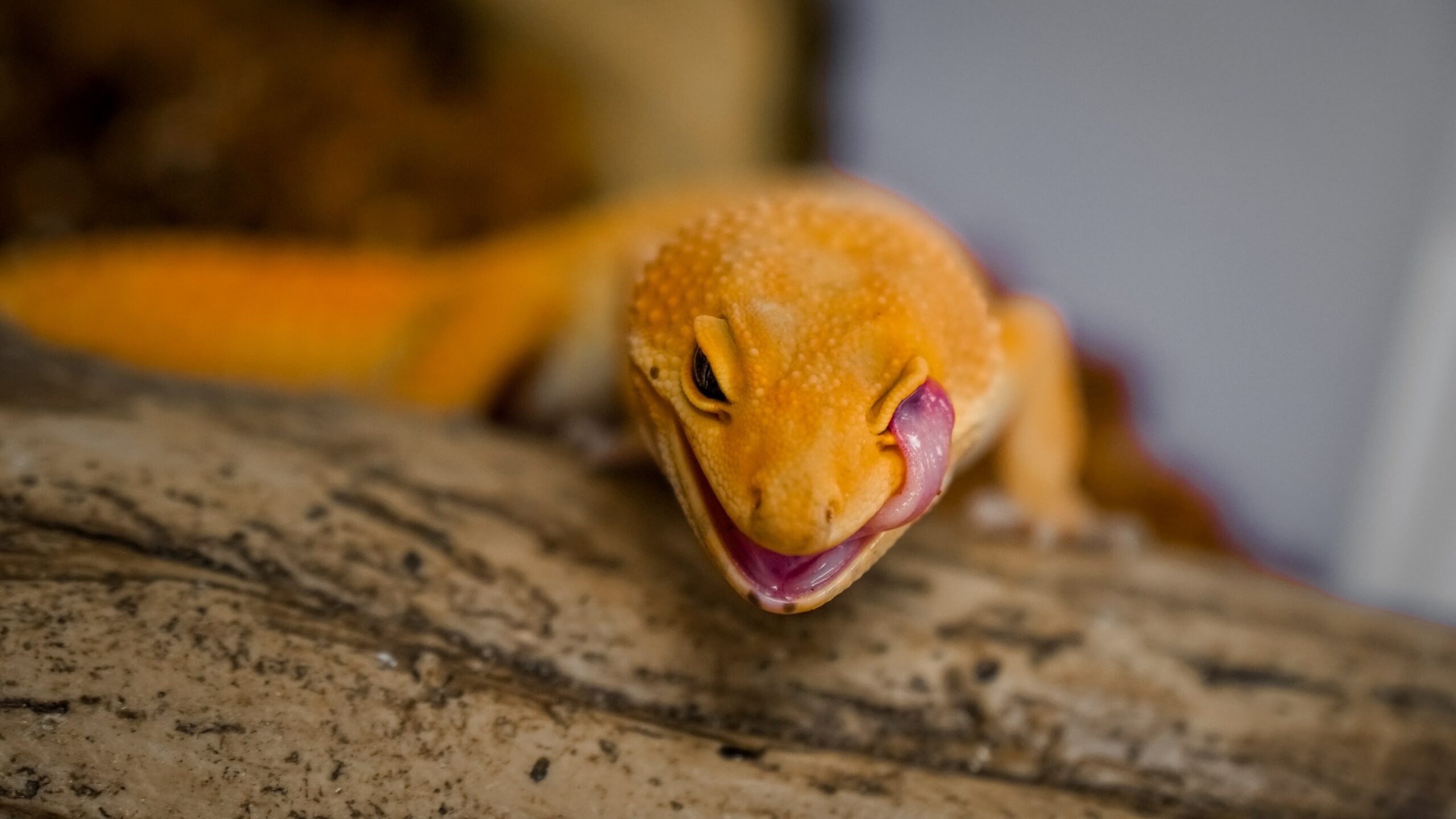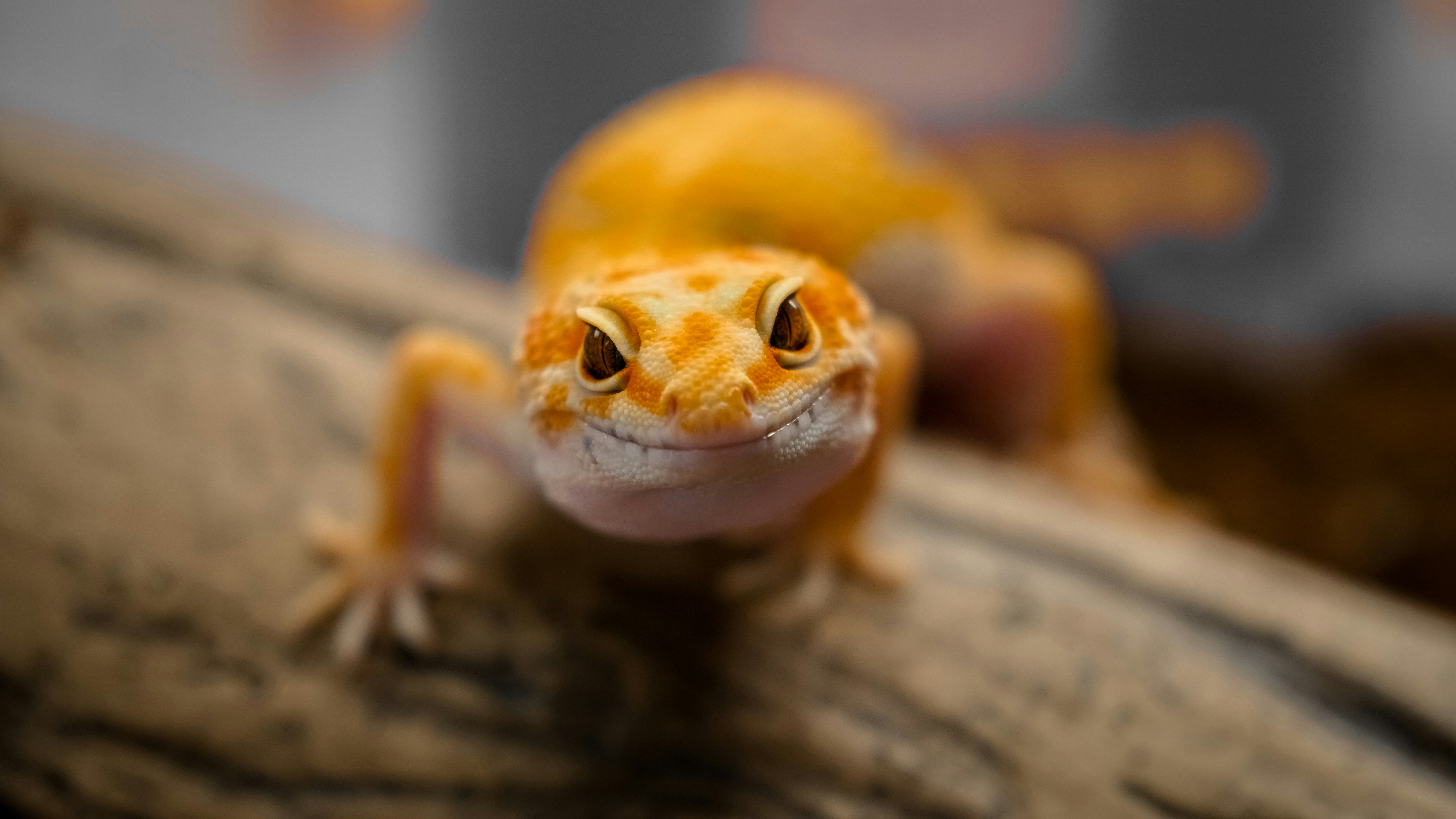
If you’ve recently become the proud owner of a pet gecko, you may find yourself wondering how to properly handle and care for your new reptilian friend. Understanding the correct techniques for handling your pet gecko is crucial to ensure their safety and well-being. In this article, we will explore the best practices and guidelines for handling your pet gecko, providing you with the knowledge and confidence to establish a positive and nurturing relationship with your fascinating lizard companion.
Choosing the Right Gecko
When it comes to choosing the right gecko for you, conducting thorough research on different gecko species is crucial. Different gecko species have varying needs, temperaments, and care requirements. Take the time to learn about the characteristics and behaviors of each species to ensure that you select one that aligns with your lifestyle and preferences.
Consider your lifestyle and preferences when selecting a gecko. Some species may require more time and attention than others, so it’s important to choose a gecko that fits into your daily routine. Additionally, think about the size of the gecko and the space you have available for its enclosure. Some species may grow larger than others and require larger tanks or vivariums.
Finding a reputable breeder or rescue organization is essential to ensure you obtain a healthy and well-cared-for gecko. Conduct thorough research and ask for recommendations from experienced gecko owners or reptile enthusiasts. A reputable breeder or rescue organization will provide proper care for their geckos, ensuring that they are healthy, socialized, and free from any potential health issues.
Creating a Gecko-Friendly Environment
To provide your gecko with a comfortable and enriching environment, it’s important to set up an appropriate enclosure. Geckos require a well-ventilated and secure enclosure, such as a terrarium or vivarium. Ensure that the enclosure is appropriately sized for the specific species of gecko you have chosen.
Temperature and humidity control are vital for the health and well-being of your gecko. Research the optimal temperature and humidity range for your gecko species and provide the appropriate heating and lighting equipment within the enclosure. Monitor and regulate these conditions regularly to ensure they remain in the suitable range.
Geckos are arboreal creatures that require hiding places and climbing opportunities in their enclosure. Provide plenty of safe and sturdy branches, rocks, and plants for them to climb on. Additionally, offer various hiding spots such as caves or hollow logs to allow your gecko to feel secure and reduce stress.
Feeding Your Pet Gecko
Selecting the right diet is crucial to maintain the health of your pet gecko. Different gecko species have varying dietary requirements, so it’s important to research and understand the specific dietary needs of your chosen species. Generally, geckos are insectivores and feed on a variety of live insects such as crickets, mealworms, or dubia roaches.
Understanding the feeding schedule of your gecko is important. Most geckos are nocturnal, meaning they are more active during the night. Thus, it is best to feed them in the evening or at night. Offer appropriately sized prey items that are easy for your gecko to ingest, ensuring they receive a balanced and nutritious diet.
Supplementing your gecko’s diet with calcium and vitamins is essential for their overall health. Dusting the prey insects with a calcium and vitamin supplement will provide your gecko with the necessary nutrients they may not be getting from their prey alone. Consult with a reptile veterinarian to ensure you are providing the appropriate supplements for your gecko’s specific needs.
Handling Techniques for Beginners
When handling your gecko for the first time, it’s important to start slowly and gently to avoid startling or stressing your pet. Give them time to adjust to their new environment before attempting any handling. Gradually introduce your hand into their enclosure and allow them to approach you at their own pace.
Use proper hand placement when handling your gecko. Support their body from underneath with open palms and avoid gripping or squeezing them tightly. Geckos have delicate skeletons and excessive pressure can cause injury or stress. Always handle them with care and gentleness to ensure their comfort and safety.
Avoid squeezing or grabbing your gecko, as this can cause them distress and potentially result in defensive behavior. If your gecko becomes uncomfortable or agitated, slowly and gently place them back into their enclosure to avoid any unnecessary stress. Gradually increase the duration and frequency of handling sessions as your gecko becomes more accustomed to being handled.

Building Trust with Your Gecko
Establishing a bond of trust with your gecko takes time and patience. Maintaining a consistent routine helps your gecko feel secure and comfortable in their environment. Stick to a regular feeding schedule, provide consistent lighting and temperature patterns, and keep their enclosure clean and well-maintained.
Offer treats and positive reinforcement during handling sessions to encourage your gecko to associate handling with positive experiences. Consider rewarding them with a small treat or offering praise when they tolerate handling calmly. These small gestures can help your gecko build a positive association with handling.
Patience and respect are key when interacting with your gecko. Avoid sudden or forceful movements that may startle them. Take your time during handling sessions, allowing your gecko to explore and interact with you at their own pace. Remember that each gecko is an individual, and building trust may take longer for some geckos compared to others.
Handling Tips for Advanced Owners
Advanced gecko owners may want to further improve their handling techniques to enhance the bond and communication with their gecko. Observing your gecko’s body language and signals is crucial to understanding their comfort level and avoiding unnecessary stress. Learn to recognize signs of stress or discomfort, such as tail waving, vocalizations, or defensive postures.
Experiment with different holding positions to find what works best for your gecko. Some geckos may prefer sitting on your hand, while others may feel more secure when held against your chest. Take note of your gecko’s reactions and adjust your handling technique accordingly to ensure they remain comfortable and relaxed.
Learning tail and toe handling techniques can be beneficial for advanced gecko owners. These techniques involve gently grasping their tail or toes to provide support and stability during handling. However, it’s important to note that not all gecko species tolerate tail or toe handling, so it’s crucial to research and understand the specific requirements of your gecko.

Addressing Common Handling Issues
Dealing with aggression or fear during handling can be a challenging situation for any gecko owner. If your gecko displays aggressive behavior, such as biting or hissing, it’s important to address the underlying cause. Aggression can be a sign of stress, illness, or territorial behavior. Consult with a reptile veterinarian or experienced gecko owner to identify the cause and develop a suitable solution.
Handling an escaping gecko can be stressful and potentially dangerous for your pet. Prevention is key in ensuring your gecko remains safely within their enclosure. Regularly check the integrity of the enclosure, including any hinges or latches, to ensure there are no escape routes. If an escape does occur, remain calm, and gently guide your gecko back into their enclosure using a soft and gentle touch.
Geckos commonly experience shedding issues, especially during times of growth or environmental changes. Handling a gecko with shedding issues requires extra care and attention. Avoid pulling or tugging on any stuck shed, as this can cause injury to your gecko’s delicate skin. Instead, provide a humid hide or misting the enclosure to promote proper shedding and consult with a reptile veterinarian if the problem persists.
Keeping Your Gecko Safe During Handling
Preparing a secure handling area is essential to prevent any accidental escapes or injuries during handling sessions. Choose a quiet and well-lit space that is free from potential hazards such as open windows, other pets, or items that may cause harm to your gecko. Using a designated table or surface with high edges can help to contain your gecko within the handling area.
To minimize the risk of accidental drops, handle your gecko over a soft and padded surface. Avoid handling them over hard surfaces or near edges where they could potentially fall. Keeping a close eye on your gecko during handling and maintaining a firm and steady grip can also help prevent accidental drops.
While most geckos are not prone to biting, it’s essential to take precautions to prevent bites. Avoid sudden movements or actions that may startle your gecko, as this could trigger a defensive response. If your gecko does attempt to bite, remain calm and gently remove your hand. Never force your gecko to interact or handle them if they are showing signs of distress or aggression.

Traveling with Your Gecko
If you plan to travel with your gecko, proper preparation is essential to ensure their comfort and safety throughout the journey. Before traveling, ensure that your gecko’s enclosure is secure and well-maintained, with all necessary heating and lighting equipment in place. Provide ample ventilation and check for any potential hazards that could cause stress or harm during travel.
Choosing the right transportation method is crucial to minimize stress and maintain a stable environment for your gecko. Opt for a secure and well-ventilated travel container that is suitable for the size of your gecko. Line the container with a soft substrate or towel to provide comfort and stability during the journey.
Ensure your gecko’s comfort and safety by maintaining the appropriate temperature and humidity levels during travel. Consider using heat packs or insulated containers to regulate the temperature and monitor the enclosure regularly. Avoid sudden temperature fluctuations or exposing your gecko to extreme temperatures during transportation.
Conclusion and Final Tips
Handling your pet gecko can be a rewarding and enjoyable experience when done with care and consideration. Apply patience and respect throughout the process, allowing your gecko to dictate their comfort level and bond with you at their own pace. Learn and adapt to your gecko’s needs by observing their behaviors and adjusting your handling techniques accordingly.
Remember to enjoy the bonding experience with your gecko. Each interaction contributes to the development of trust and a stronger relationship. With time, patience, and proper handling techniques, you can create a meaningful bond with your gecko and provide them with a happy and enriching life.

